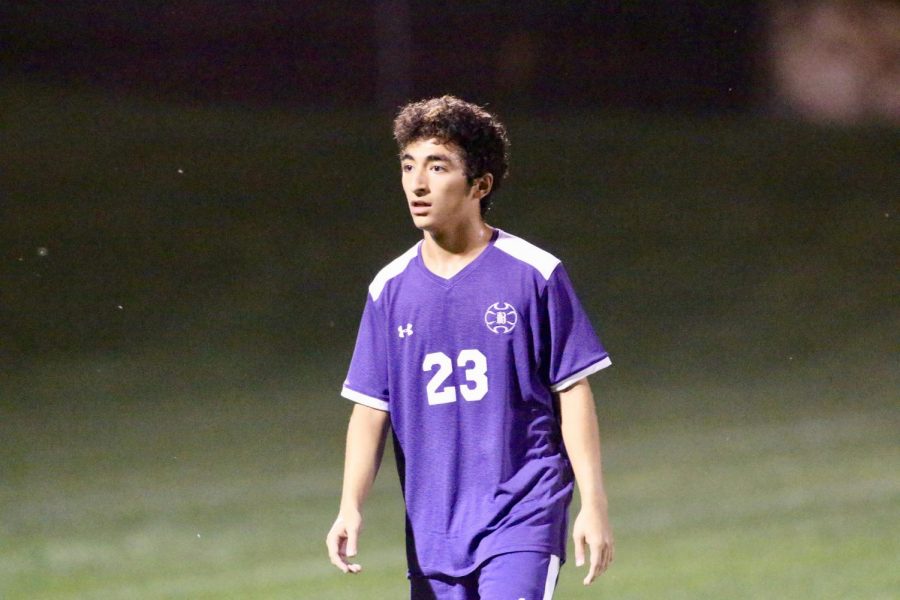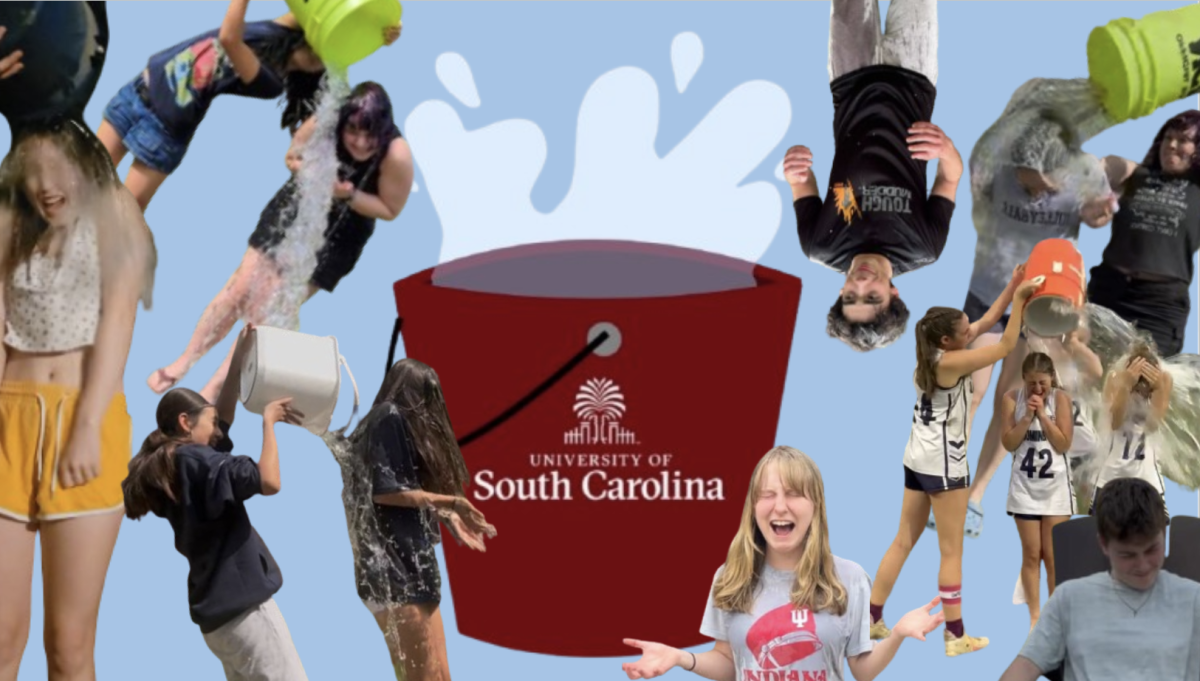Seniors Tommy McEvilly and Zakaria Dabdoub didn’t play the same position, but they shared the same fate. McEvilly and Dabdoub are both soccer players who missed significant time due to concussions this past soccer season.
Both were concussed during the midseason and ruled out for several games that they otherwise would’ve gotten to play significant minutes in. Being seniors on a team that made it to the IHSAA soccer semi state final four, it was tough to see valuable playing time be taken away.
Fully recovering and going through concussion protocol, Dabdoub noted, was the priority “Because it’s a head injury it’s a lot more serious than people actually make it out to be,” Dabdoub said.
McEvilly noted that soccer refs and players are committed to doing what they can to lessen the likelihood of injuries, especially injuries to the head.
“We handle it the best we can,” McEvilly said. “We have refs that will call you out if you don’t go straight up for the ball because you’re putting another player in danger, but it’s almost inevitable that someone will still get hurt.”
Although both were very open about the dangers of concussions and brain injuries in general, they acknowledged that is is often hard to combat these types of injuries without completely stopping participation in contact sports.
“I think it’s a risk you run as an athlete,” Dabdoub said. “Especially with contact sports, you go at it with your head, Football is even worse.”
Dabdoub’s point has weight, as American football stands alone because of its dangerous nature regarding head related injuries, particularly at the National Football League (NFL) and College level. Football has been heavily scrutinized for its amount of concussions and lack of ways to protect its players, with scientists beginning to connect Chronic Traumatic Encephalopathy, or CTE, a condition where a person’s brain becomes permanently damaged after repeated hits to the head, to the sport. In 2015, actor Will Smith starred in Concussion, a film about the dangers of head trauma and CTE in football.
“It’s football culture, you go back to it after you go through the process, you just get concussion after concussion after concussion after concussion. It’s very dangerous,” McEvilly said.
Charlie Shaffer, an outside linebacker on the Bloomington South Football team, sustained a concussion midseason. Shaffer, a football player since he was in second grade, felt lucky that his recovery time was only two weeks.
“It was pretty fast to come back from a concussion,” Shaffer said. “We’ve had a couple guys who are out for the whole season.”
However, when it comes to safety, Shaffer believes that those who take time to recover and focus on proper technique are doing all they can to help combat concussions.



